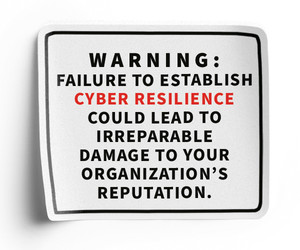Why Healthcare Is Vulnerable to IDOR
The healthcare industry is particularly susceptible to IDOR vulnerabilities because of the sensitive data in electronic health records that include information on diagnoses, treatment plans and medications, explains Britt Eilhardt, managing director of cyber risk solutions at insurance brokerage firm Brown & Brown. She also notes that legacy IT systems in healthcare may have outdated coding practices and weaker access controls. Healthcare providers also use web-based applications and portals to enable patient data access and communication.
“The combination of highly sensitive data, strict regulations and a complex IT landscape makes healthcare organizations a prime target for IDOR attacks,” Eilhardt says. “Due to the sensitive nature of the data involved, the potential consequences of a successful breach are far more severe in healthcare than in other industries.”
The IDOR vulnerability is a threat to healthcare organizations because it can expose patients’ protected health information (PHI) to the wrong people, explains Daniel Blackford, director of threat research at Proofpoint.
“A user could be provided a URL to download a spreadsheet with some personal data on it, and an IDOR might allow a value in that URL to be changed and then inadvertently provide a spreadsheet corresponding to a different user, potentially exposing PHI to someone it doesn’t belong to,” Blackford says.
EXPLORE: What is cyber resilience, and how should healthcare organizations approach it?
How to Protect Healthcare Teams Users From IDOR
Teams is a popular corporate tool for messaging, but with its ability to support messages from external users, it can also be vulnerable to attack. Using a random or globally unique identifier, or GUID, can protect data patterns in object names, says John Shier, field CTO for threat intelligence at Sophos. These unique identifiers consist of very long alphanumeric strings.
“As opposed to using a direct object reference, as in the exact key or the exact filename or the exact user ID, you should be using random identifiers,” Shier says. “That’s a way of protecting the data and obfuscating any kind of data patterns that might exist in the object names if they are things like user IDs,” Shier says.












